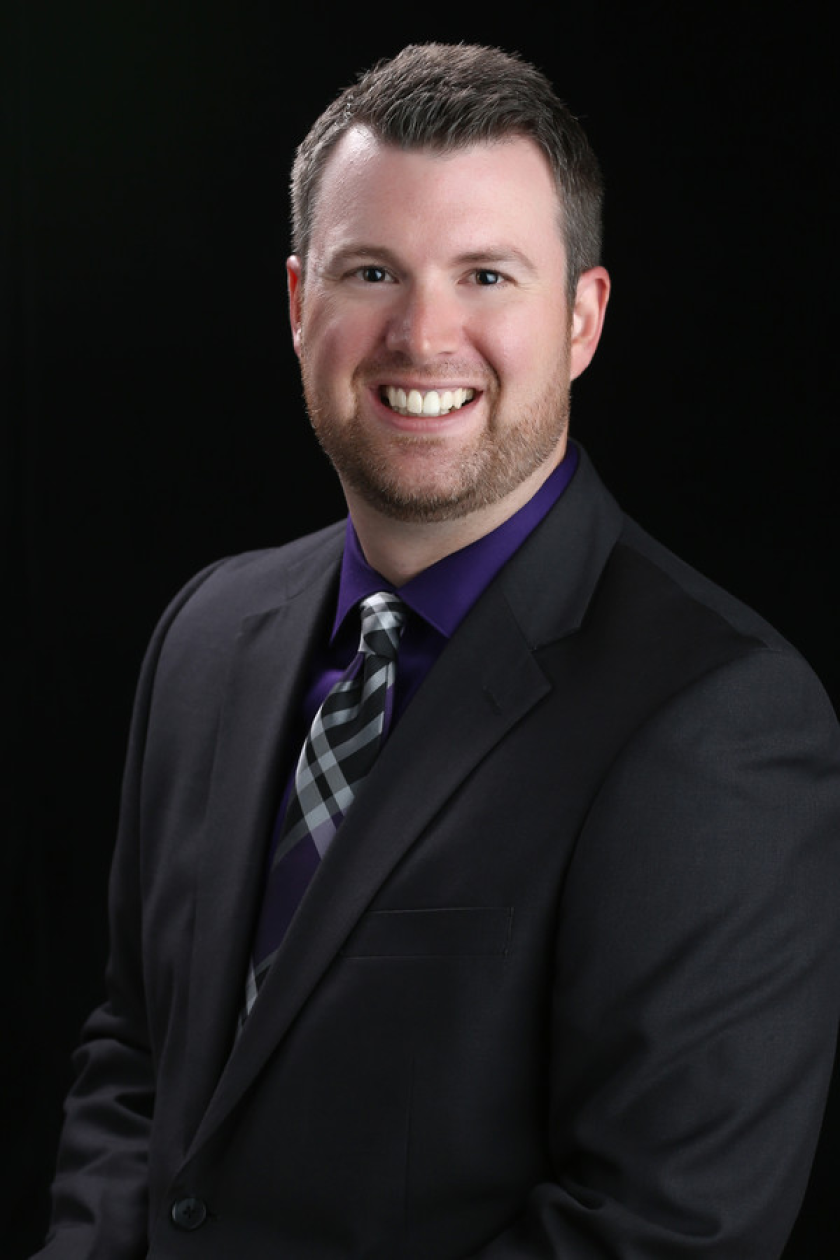GRAND FORKS – Grand Forks County commissioners are still considering alternative funding sources for construction projects after a proposed sales tax increase failed to gain approval by county voters last month.

Their largest proposed project is the refurbishment of the Grand Forks County Correctional Center and construction of the new juvenile detention center.
“All of these projects, they’re not wants,’” said County Administrator Tom Ford. “They’re needs, and they all come with significant price tags.”
Refurbishing the correctional center is estimated to cost $13.8 million and the new juvenile detention center is estimated to cost $10.1 million. There will be additional costs for the jail infirmary — about $750,000.
All told, according to Ford, the costs are:
- Total building construction costs: $24,718,673.
- Total site construction cost: $1,893,548.
- Total construction costs with permits, bonds, insurance and fees: $6,529,217.
- Total construction budget (before soft costs): $33,141,438.
- Soft costs (architects/engineering fees, surveying fees; contingencies, etc.): $4,612357.
In total, it comes to $38.1 million. And, Ford said, “that’s only phase one.” Ford stressed that the estimated costs must be approved by the County Commission; Ford also is working with the companies to bring down the costs.
Estimates are not expected to be exact, but construction managers left room for inflation and other variables.
“They feel very comfortable with the $38 million that they’ve provided us as an overarching number,” said Gracie Lian, a county administrative coordinator. “As long as we start moving forward on this project by spring, they don’t anticipate it going up farther than that.”
Other projects that would have received funding from the sales tax increase were a parking ramp repair (anticipated to cost around $6 million) or demolition and rebuild (anticipated to cost around $5 million) and a repair of the courthouse dome (anticipated to cost around $5 million).
In November, county voters were asked to consider two proposals related to how the county is governed. Members of the County Commission proposed changing to home rule, which would give the county more ability to govern with fewer state restrictions and oversight. Counties that have home rule are able to, for instance, propose new sales taxes, although the final approval must come from voters.
On the ballot were two home rule questions. The first asked residents if they approve of moving to home rule; the second asked residents if they approve of a new half-cent sales tax. The latter could not happen without the first.
The question about home rule passed by about 20 votes; the question about the sales tax lost by about the same margin.
Now, without the sales tax to act as a funding mechanism for the proposed projects, the dollars likely will come from more traditional sources.
“It’s going to have to come out of property taxes,” Ford said.
Commissioners earlier this year moved to raise property taxes. Another potential funding source for these projects is the remaining unallocated $5 million from the American Rescue Plan Act (ARPA), which is a one-time fund for COVID-19 relief.
The Grand Forks County Correctional Center was built in 2006 and renovated in 2013. It can only reasonably hold 180 people at once.
“It’s not in bad shape,” Ford said. “It’s just overcrowded.”
Originally, the intent was to house federal inmates at the correctional center. The stipends received for doing so would help pay for the center.
However, with the issue of overcrowding, that source of revenue has been reduced significantly. At its peak, the county was making almost $3 million a year from housing federal inmates. Now, it brings in about a third of that.
The North Dakota Legislature has changed certain laws, too, leaving more inmates to serve the entirety of their sentence at the county level rather than at the North Dakota State Penitentiary in Bismarck. This was done due to state level crowding.
Counties have tried to reverse this change, but crowding issues are a problem at all levels – local, state and federal.
“It’s a trickle-down issue,” Ford said.
Even if the county knew years ago how many inmates to expect today, there wouldn’t have been enough money to accommodate that.
“Just like any government, we build to what the budget allows,” said Ford.
The juvenile detention center was built in 1978. As of last year, it had 16 beds. The building has persistent leakage and HVAC issues, among other problems.
“The commission, over the years, has put a lot of money into keeping it running,” said Ford. “But it’s past its time.”
The center houses juveniles from across the region. In addition to offenders, the center now provides attendant and shelter housing. Youthworks, based out of Fargo, used to administer these types of services, but it could no longer fulfill the contract.
Attendant housing is a short-term form of supervision for youth with a status offense. Shelter housing is a temporary arrangement for youth that will be placed in foster care or a youth home. The proposed new center will have 30 beds: 16 juvenile detention, eight shelter and six attendant.
Ford doesn’t think “it’s out of the question” for the commission to consider a sales tax increase again “down the road.”
“It might depend on what type of response is there from the community when they see property bills … going up significantly,” Lian said.
There are concerns that other infrastructure needs will not be met without the sales tax increase.
Bridges, roads, culverts and a new location for the sheriff’s office are some concerns that haven’t been addressed.
“That all comes out of property taxes,” said Ford. “ … You just keep seeing these costs and these needs mounting.”
